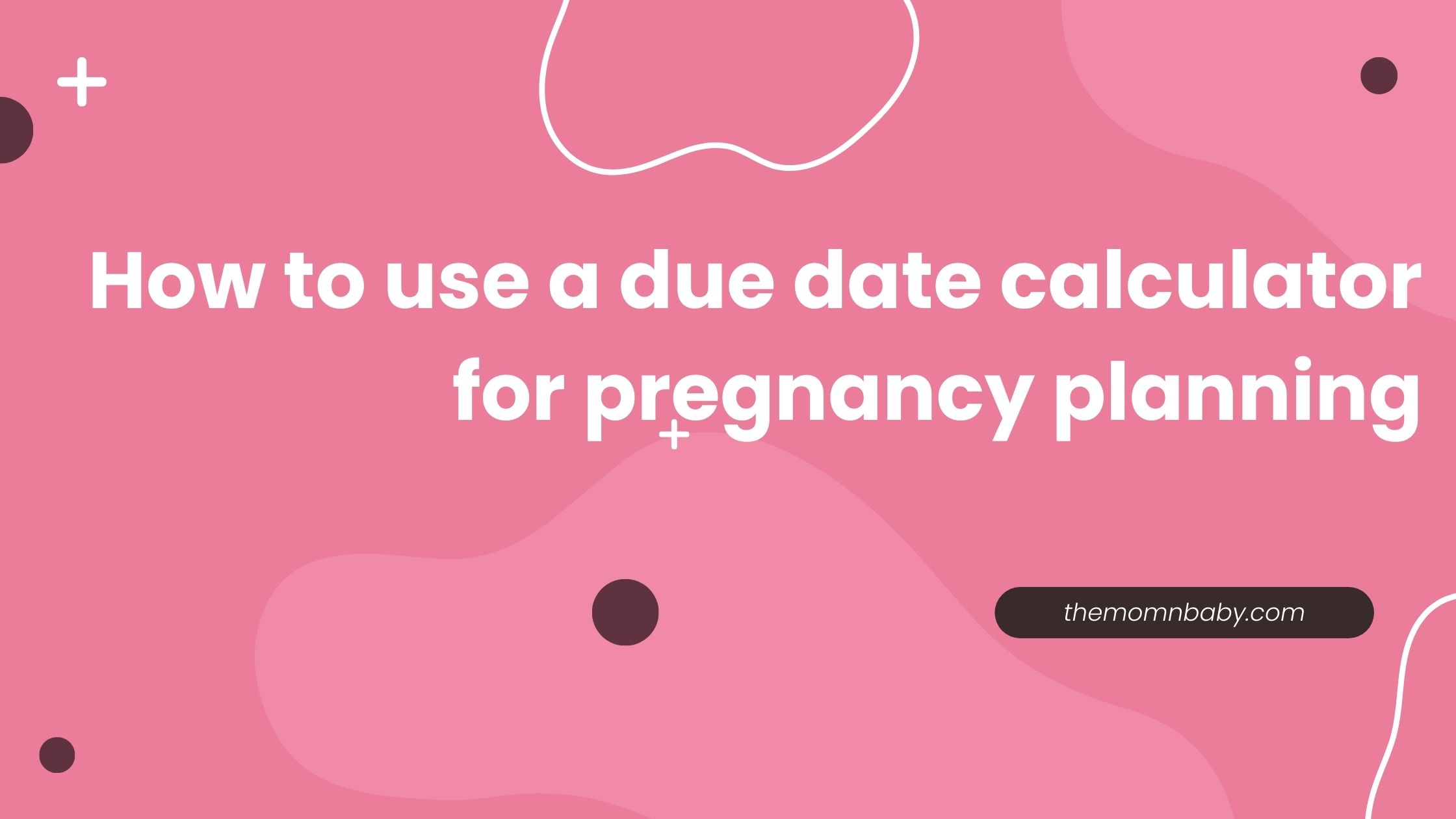Fertility hormones FSH, LH, E2, and AMH are pivotal for reproductive health, impacting ovulation and egg development. Testing these hormones aids in diagnosing infertility and guiding fertility treatments. FSH and LH stimulate follicle growth and ovulation, while E2 (estradiol) is produced by growing follicles. AMH assesses ovarian reserve. Testing typically occurs during specific days of the menstrual cycle, with blood samples analyzed for hormone levels. This overview addresses common questions regarding the importance and timing of fertility hormone testing.
Here we covered these topics
Which hormones are crucial for fertility assessment?
When should fertility hormone testing occur?
What does an FSH test reveal about fertility?
What are the ideal FSH/LH levels for conception?
How does Estradiol impact fertility?
What does your AMH level signify in fertility assessment?
What is the expected AMH level for different age groups?
When should women have hormone tests, and how are they done?
In this webinar, a specialist explained how to check hormones like FSH, LH, E2, and AMH for fertility. These hormones are important for women’s health and help doctors understand the ovaries and diagnose problems. They also help predict how women will respond to treatment.
FSH
FSH, a hormone that helps eggs grow, is tested with a blood sample on days 2-4 of a woman’s period.
- Normal levels are below 10 mU/ml.
- Higher levels can show age, menopause, or problems with the ovaries.
- Low FSH levels, along with low LH levels, might mean a problem in the brain.
FSH Levels:
– Normal: Below 10 mU/ml
– Poor ovarian response: Between 10 and 20 mU/ml
– Low ovarian reserve: Over 20 mU/ml

In simple terms, high FSH levels can happen as you get older, during menopause, or if your ovaries aren’t working well. Low FSH levels, along with low LH levels, might mean a problem in the brain. The brain makes hormones that tell the ovaries what to do. These hormones travel to the pituitary gland, where FSH and LH are made. Both FSH and LH help make estrogen and progesterone in the ovaries. When estrogen and progesterone are low, FSH and LH can be high. This can happen during menopause when there’s no estrogen in the blood.
Doctors use FSH to check how many eggs are left in the ovaries, but it’s not always the best test. It can change during the menstrual cycle and from cycle to cycle. So, doctors usually do other tests too to make sure they understand what’s going on. FSH also can’t tell if IVF will work.
Also read more about : Having Trouble Conceiving? Discover IVF With Egg Donor!
LH
So, you know LH, right? It’s short for luteinizing hormone. Well, guess what? It’s made in this part of the brain called the anterior pituitary gland. Fancy, huh? Anyway, LH doesn’t work alone. It’s like a team player with another hormone called gonadotropin-releasing hormone, or GnRH for short. Together, they make things happen in your body.
Now, LH and this other hormone FSH, they’re like partners in crime. They help your ovaries grow these little things called follicles. But the real star of the show? Ovulation. LH’s got the lead role in making that happen. You know when you release an egg? That’s thanks to LH.
Read More : How Do Ovulation Test Strips Work? A Comprehensive Guide
But here’s the thing, catching LH in action isn’t always easy. Sometimes, it surges—like, shoots up really fast. But by the time you get a blood or pee test, it might’ve settled down again. Tricky, right? Usually, docs check LH levels around days 2-4 of your period to catch it in action.
Now, in some situations, like if you have PCOS or menopause is knocking on your door, LH might be on the higher side. But if your period’s gone AWOL (that’s amenorrhea), LH might be playing it cool, hanging out on the low side.
Read More : Decoding 10 Ovulation Signs for Parenthood
Estradiol
Let’s chat about estradiol—it’s a type of estrogen, one of those hormones that make us feel all feminine and stuff. So, where does it come from? Well, our ovaries have these little factories called follicles, and as they grow, they pump out estradiol.
Now, when we check estradiol levels, we usually do it around days 2-4 of your period. Ideally, your levels should be between 25 and 70 pg/ml during this time. Estradiol works hand in hand with FSH, another hormone, to give us a clearer picture of what’s happening inside your body.

But here’s the thing—if your estradiol levels are high during this early part of your cycle, it might spell trouble. It could mean your ovaries won’t respond well to treatment, making it harder to get pregnant. But, recent research suggests it might not be as good at predicting problems as we once thought.
There is still some debate about whether estradiol can reliably indicate ovarian reserve—essentially, the remaining egg count. But it might still be helpful in figuring out if someone’s got a lower reserve than expected, especially if their FSH levels seem off because of high estradiol levels.
AMH
AMH, or Anti-Müllerian Hormone, is a crucial hormone for assessing ovarian reserve. It’s a type of protein growth factor produced by special cells in the ovaries called granulosa cells, which are found in the small follicles called antral and preantral follicles. These follicles are typically between 2 and 8 millimeters in size and may not always show up on ultrasound scans.
AMH hormone range

AMH plays a crucial role in regulating the recruitment of follicles, preventing their depletion all at once. Unlike some other hormones, AMH levels stay pretty consistent throughout the menstrual cycle, meaning we can measure it at any time without worrying about fluctuations. However, what’s considered a normal AMH level can vary depending on a woman’s age.
As women age and the number of follicles in their ovaries decreases, AMH levels tend to drop as well. This decline is a normal part of aging. AMH levels also predict ovarian stimulation in procedures like in vitro fertilization (IVF), giving us an idea of the number of eggs we might retrieve. But remember, AMH isn’t about egg quality—it’s more about quantity. Age is still the best marker for egg quality.
High levels of AMH can increase the risk of ovarian hyperstimulation syndrome during IVF, so it’s crucial to be cautious with stimulation doses in these cases. On the flip side, low levels of AMH are linked to a higher chance of treatment cancellation due to poor ovarian response. However, it’s important to note that AMH levels aren’t a crystal ball for pregnancy outcomes or how quickly your ovarian reserve will decline.
Read More : Impact of age on Pregnancy: Implantation and Fertility
Conclusion
To sum up, checking hormones is super important to understand how well your ovaries are working for having babies.
Tests for LH and estradiol don’t really tell us much about how many eggs you have left.
But checking FSH levels between days 2 and 4 of your period is a big deal. When we combine this with AMH testing, we get a really good idea of how many eggs you might have. And these days, AMH testing is the best way we have to figure out your egg reserve.
So, if you’re thinking about starting a family or getting fertility treatment, checking FSH and AMH levels can give you some really useful info about your chances of getting pregnant.
Read More about : Menstruation: Your Body’s Monthly Adventure Explained (Monthly Cycle Days)
FAQ
Q. Does having a high FSH always mean a woman is going through menopause?
Not necessarily. You see, when a woman is in menopause, her FSH level can be around 50 or even higher. So, if someone’s FSH level is that high, it might indicate menopause. But if it’s around 25, it doesn’t automatically mean menopause. It does suggest that her ovaries might not have many eggs left. The timing of when the FSH is tested matters a lot. For example, testing it towards the end of her menstrual cycle could imply something different. So, while a very high FSH level of 50 or more could mean menopause, not all FSH levels suggest that.
Q. Can I increase my egg supply naturally?
No, you can’t. When women are born, they have many eggs in their ovaries. As they get older, the number of eggs goes down. Right now, there’s no way to increase the number of eggs you have. Living healthy might help your ovaries stay healthy, but it won’t make more eggs. Scientists are studying ways to help women with low egg supply, but these methods aren’t ready yet.
Q. How can I make my hormones better for having a baby?
You don’t have to do anything special to improve your hormones. The most important thing is having a normal egg supply and making sure your ovaries work well. When you’re getting fertility treatment, doctors give you medicine to help your ovaries make more eggs. This medicine helps the eggs grow better, giving you a better chance of having a baby.
Q. Can taking certain vitamins make my eggs healthier?
Some vitamins might help, but we’re not sure. We are unsure if certain vitamins can improve egg quality, although there is a belief that they protect the ovaries. Taking these vitamins is safe, but they might not make a big difference in your egg quality.
Q. Can hormone tests tell if my eggs are good?
Not really. Hormone tests can tell us about your egg supply, but they don’t show if your eggs are good. Your age is the most important thing for egg quality. Older women usually have lower-quality eggs. To check if your eggs are good, doctors look at how embryos grow in the lab after they’re fertilized.
Q. Does being stressed make my eggs worse?
Not directly. Stress can affect your hormones and your period, but it doesn’t usually make your egg supply lower. Prolonged stress can negatively impact your overall health, potentially affecting your eggs indirectly.
Q. What do LH and FSH levels tell us about fertility?
LH and FSH levels can tell us if your hormones are balanced. Sometimes, if you have too much LH compared to FSH, it could mean a problem like PCOS. But it’s not the only thing we look at to understand your fertility.




